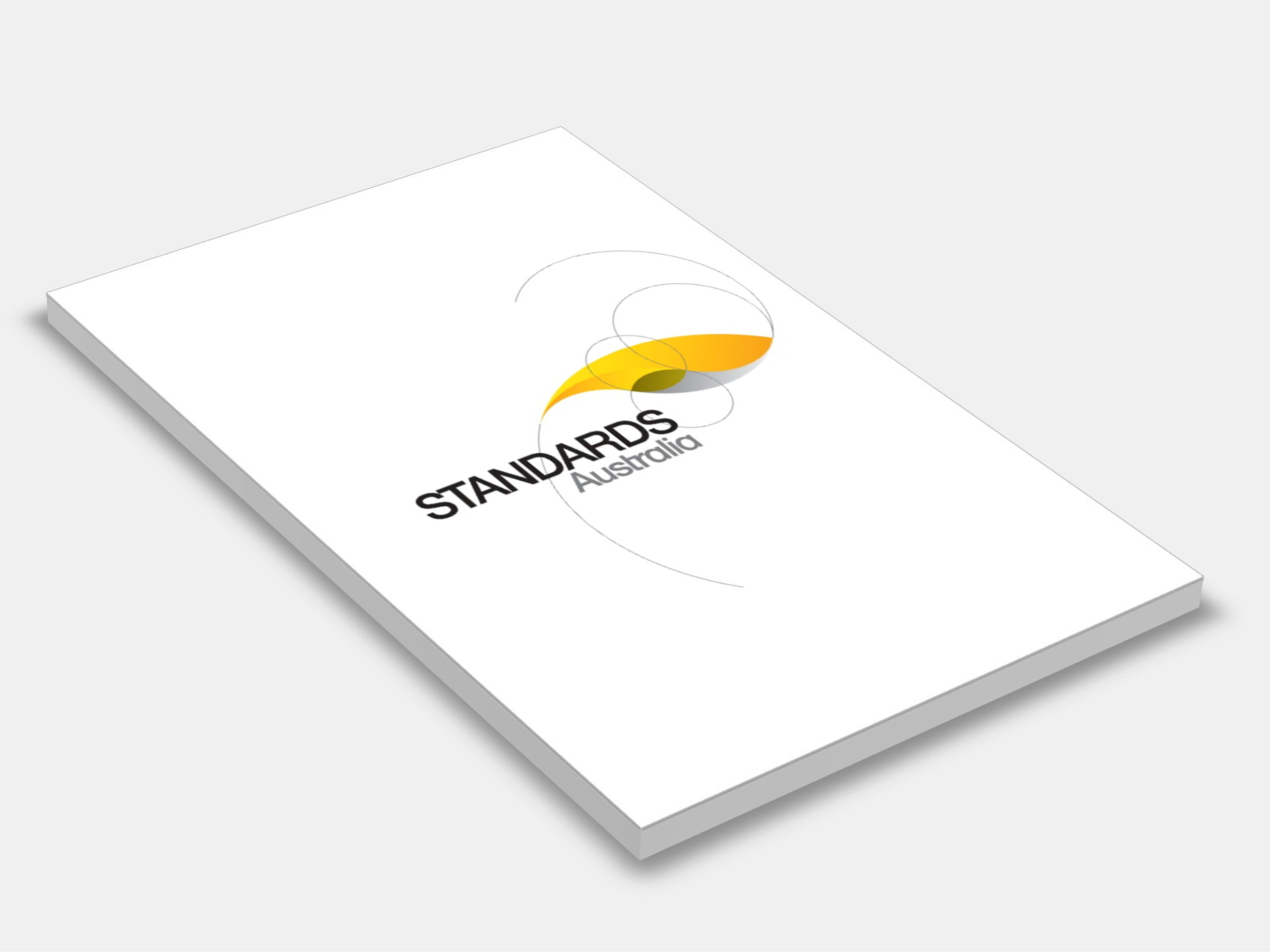
Type
Publisher
Standards Australia/Standards New Zealand
Publisher
Standards Australia/Standards New Zealand
Version:
First Edition 2022.
(Current)
Short Description
Sets out requirements for electrical installations associated with site supplies for connectable electrical installations that are intended for connection to low voltage a.c. supply systems (i.e. exceeding 50 V a.c. but not exceeding 1 000 V a.c.).
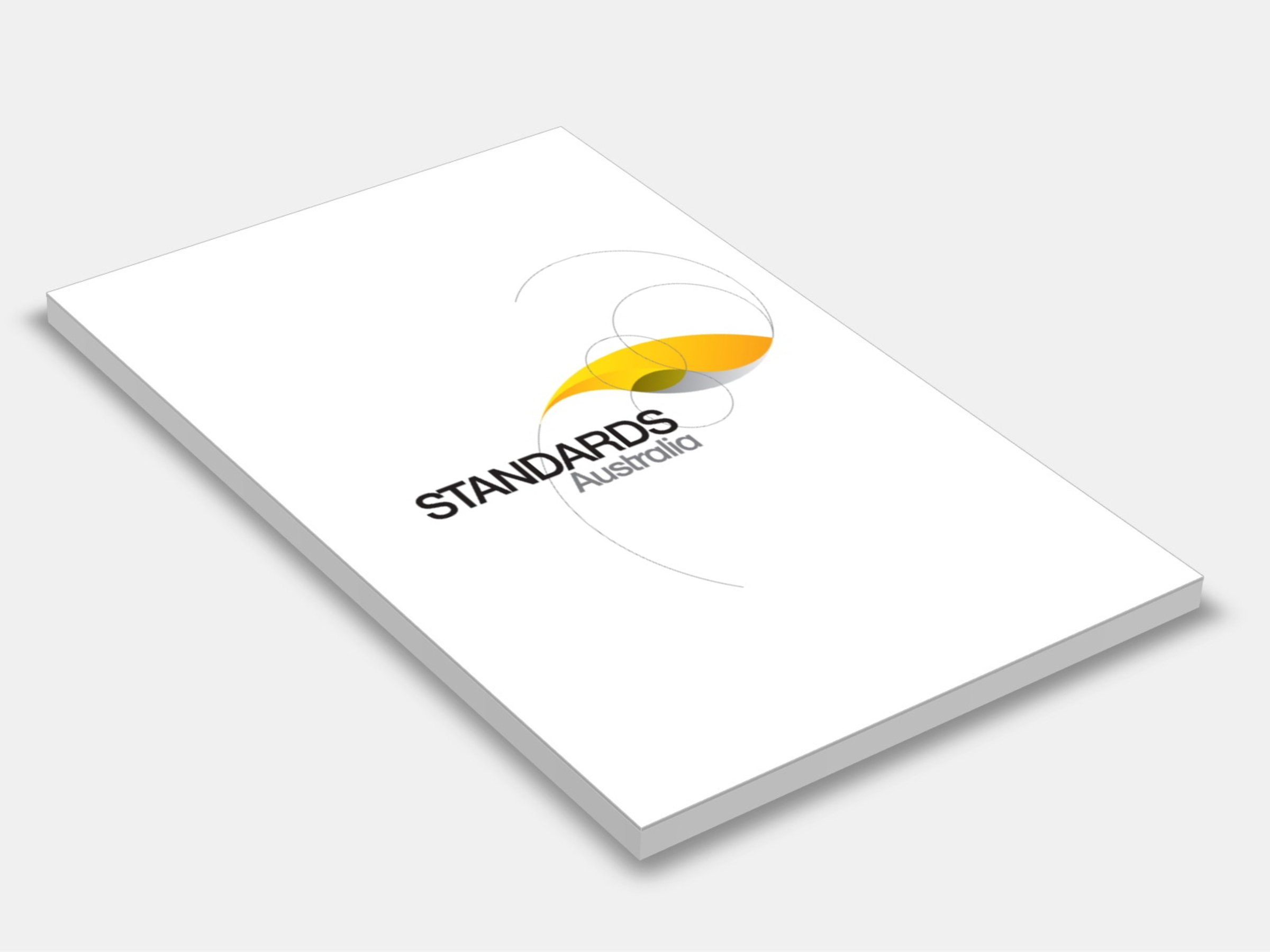
Type
Publisher
Standards Australia/Standards New Zealand
Publisher
Standards Australia/Standards New Zealand
Version:
First Edition 2022.
(Current)
Short Description
Specifies requirements for electrical installations associated with connectable electrical installations used for the purposes of accommodation, habitation or other residential, commercial purposes or recreational uses that are intended for connection to external low voltage a.c. supply systems (i.e. 50 V a.c. to 1000 V a.c.) by either a detachable supply lead or a supply lead directly connected to the connectable electrical installation; includes requirements and provides guidance for the installation of extra-low voltage systems (i.e. less than 50 V a.c. or 120 V d.c. ripple free).
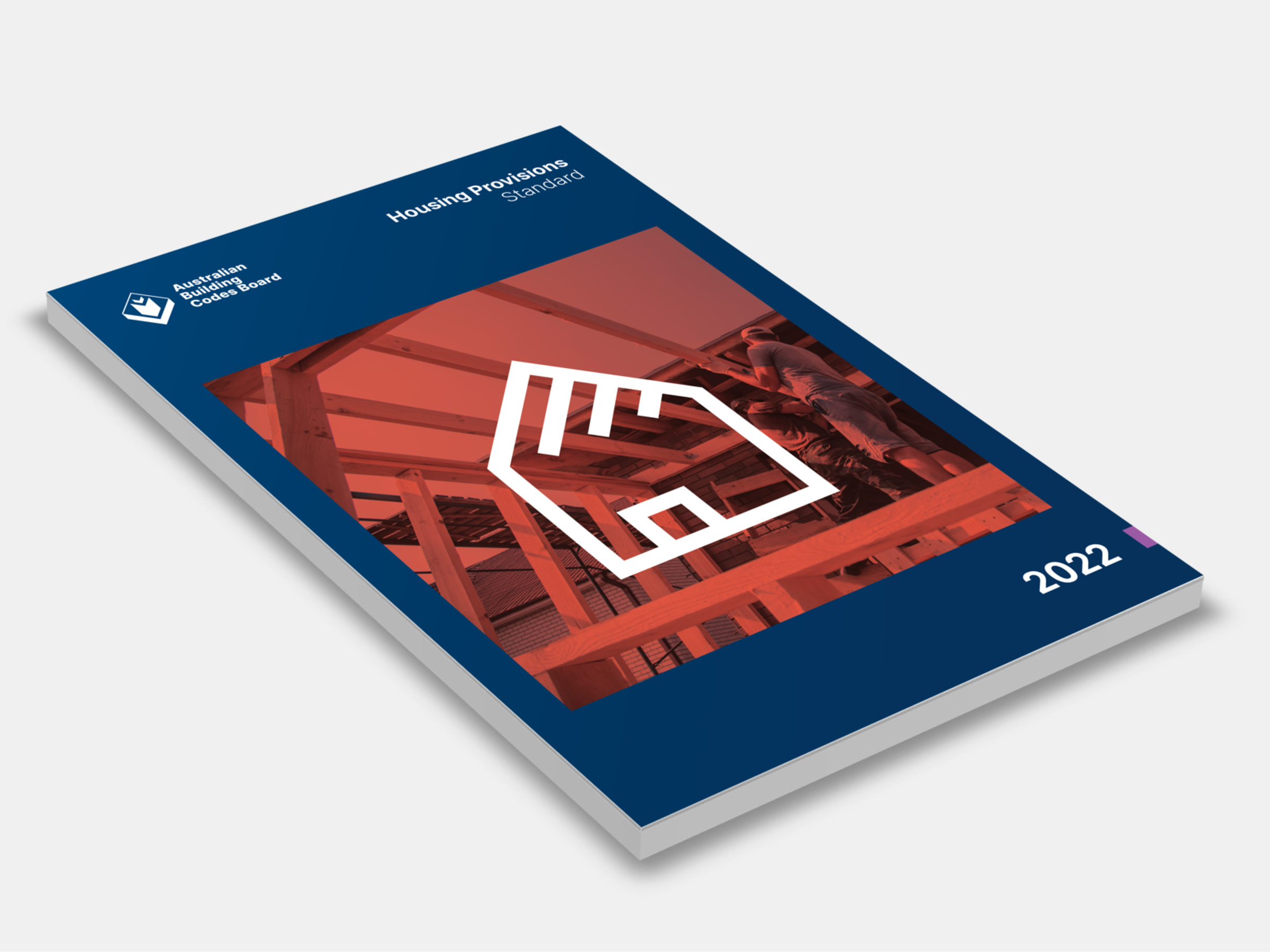
Type
Publisher
Australian Building Codes Board
Publisher
Australian Building Codes Board
Version:
2022.
(Latest)
Short Description
Contains Deemed-to-Satisfy Provisions that are considered to be acceptable forms of construction that meet the requirements for complying with Parts H1 to H8 of NCC Volume Two.
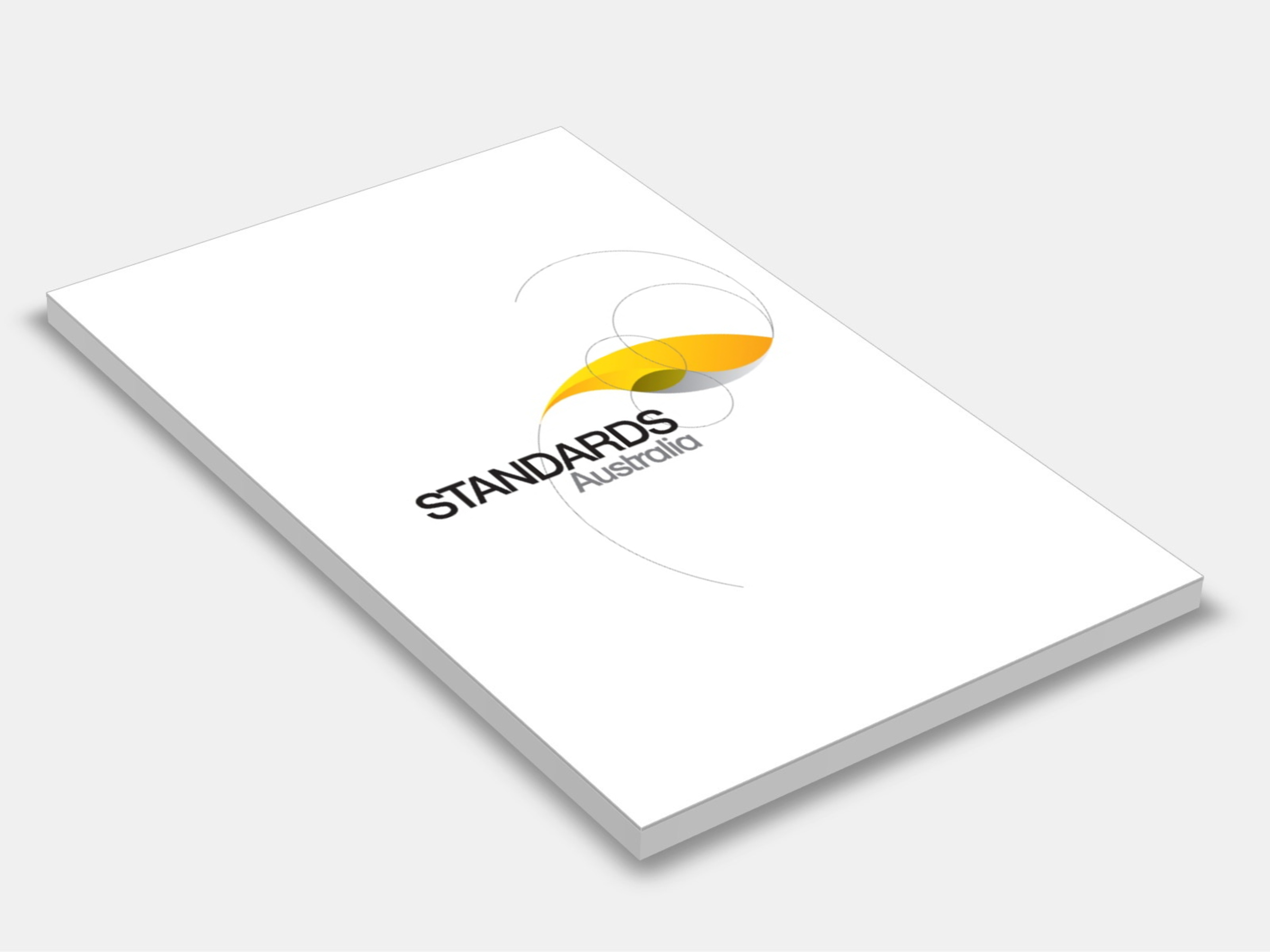
Type
Publisher
Standards Australia/Standards New Zealand
Publisher
Standards Australia/Standards New Zealand
Version:
Third Edition 2017.
(Current)
Short Description
Sets out a method for cable selection for those types of electrical cables and methods of installation that are in common use at working voltages up to and including 0.6/1 kV at 50 Hz a.c.
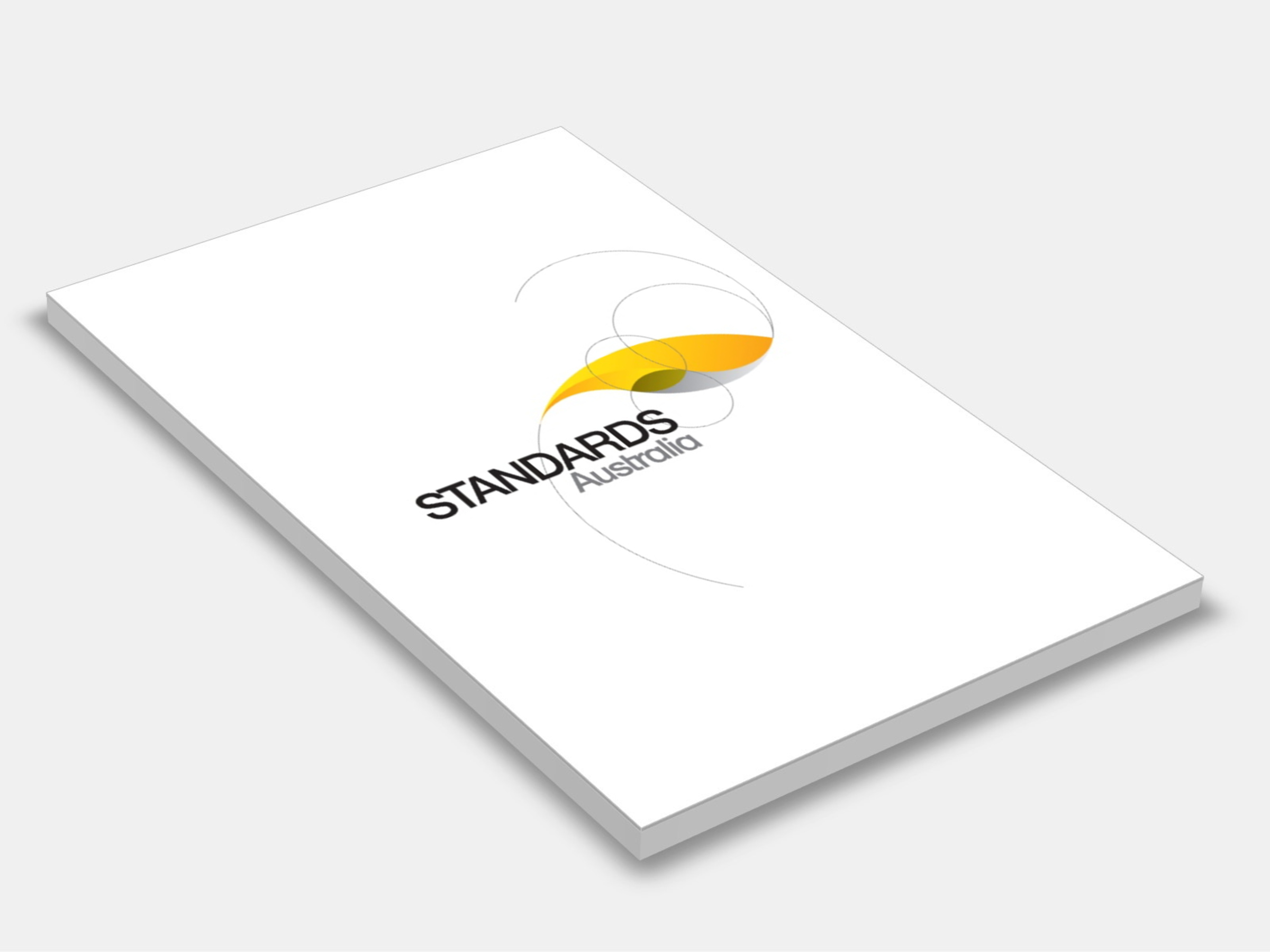
Type
Publisher
Standards Australia/Standards New Zealand
Publisher
Standards Australia/Standards New Zealand
Version:
First Edition 2022.
(Current)
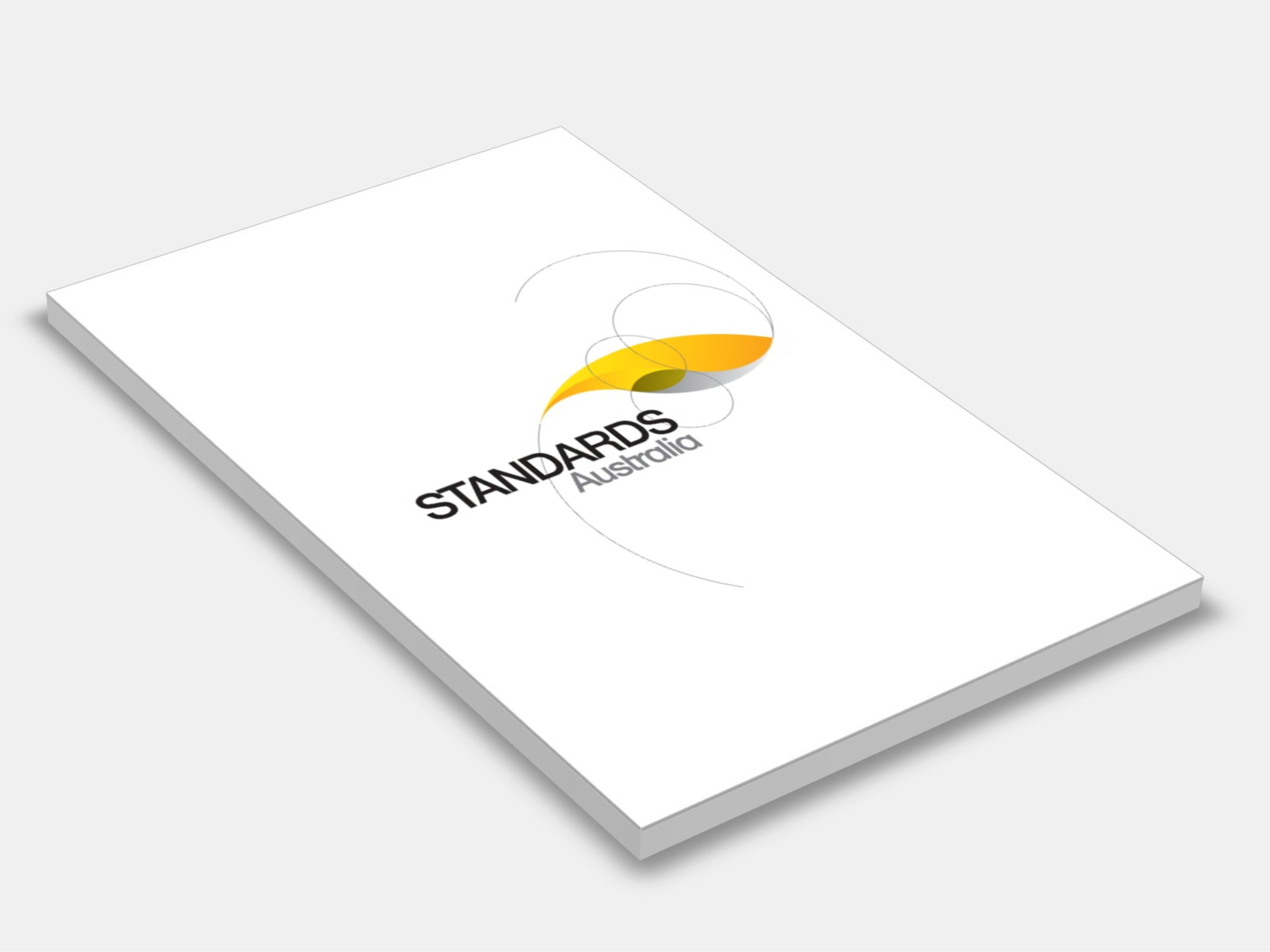
Type
Publisher
Standards Australia
Publisher
Standards Australia
Version:
First Edition 2022.
(Current)
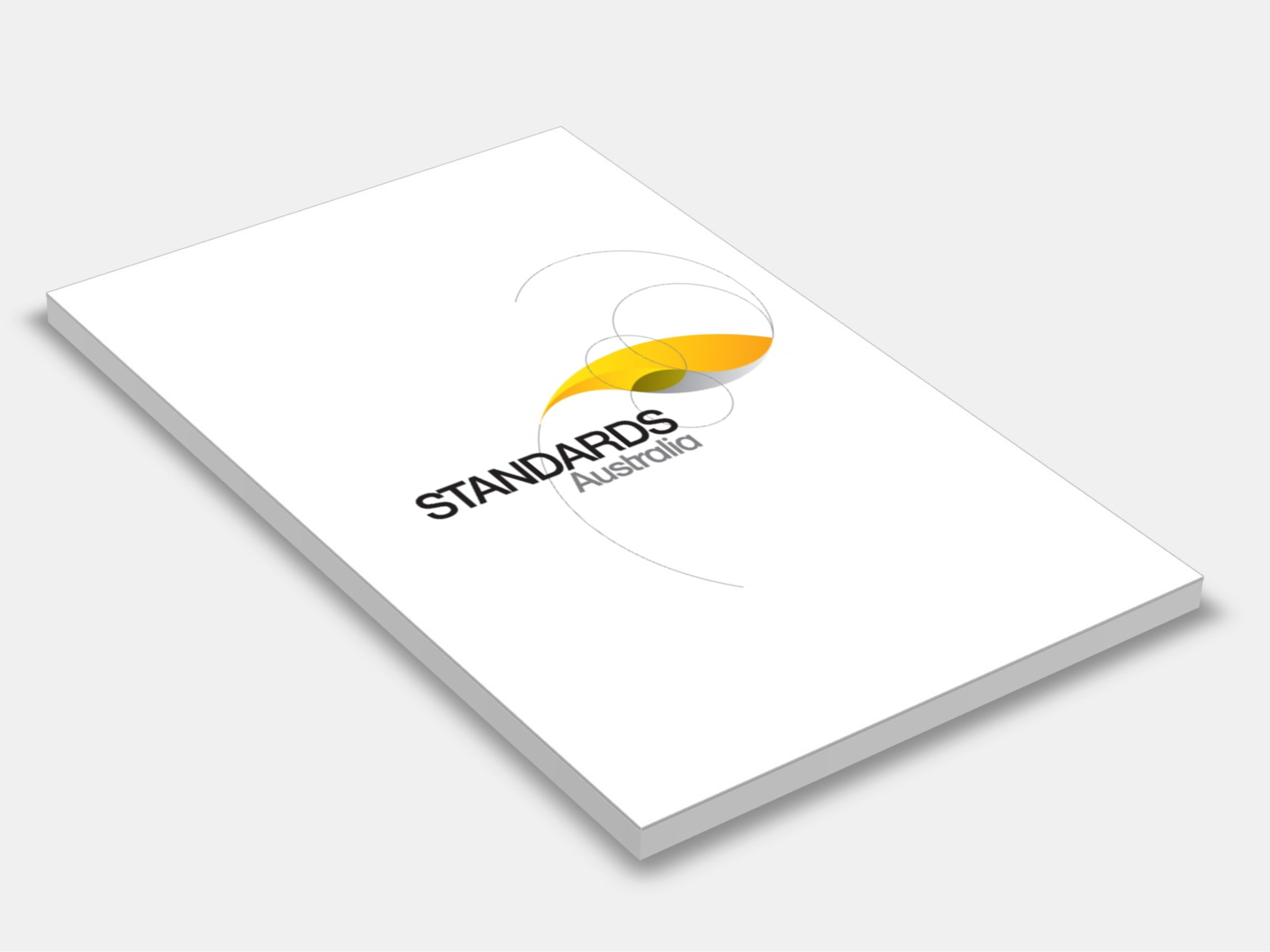
Type
Publisher
Standards Australia
Publisher
Standards Australia
Version:
Fifth Edition 2021.
(Current)
Short Description
Sets out procedures for the selection and installation of glass in buildings, subject to wind loading, human impact, and special applications. Glass strength is specified, based on the tensile stresses on the surface of the glass.

Type
Publisher
Standards Australia/Standards New Zealand
Publisher
Standards Australia/Standards New Zealand
Version:
Second Edition 2020.
(Current)
Short Description
This Standard adopts ISO/IEC 14763-2:2019 with modifications for Australia and New Zealand, which specify requirements for the planning, installation and operation of telecommunications cabling and cabling infrastructures including cabling, pathways, spaces and telecommunications bonds (other than that specified in AS 30129) in support of generic cabling standards and associated documents.
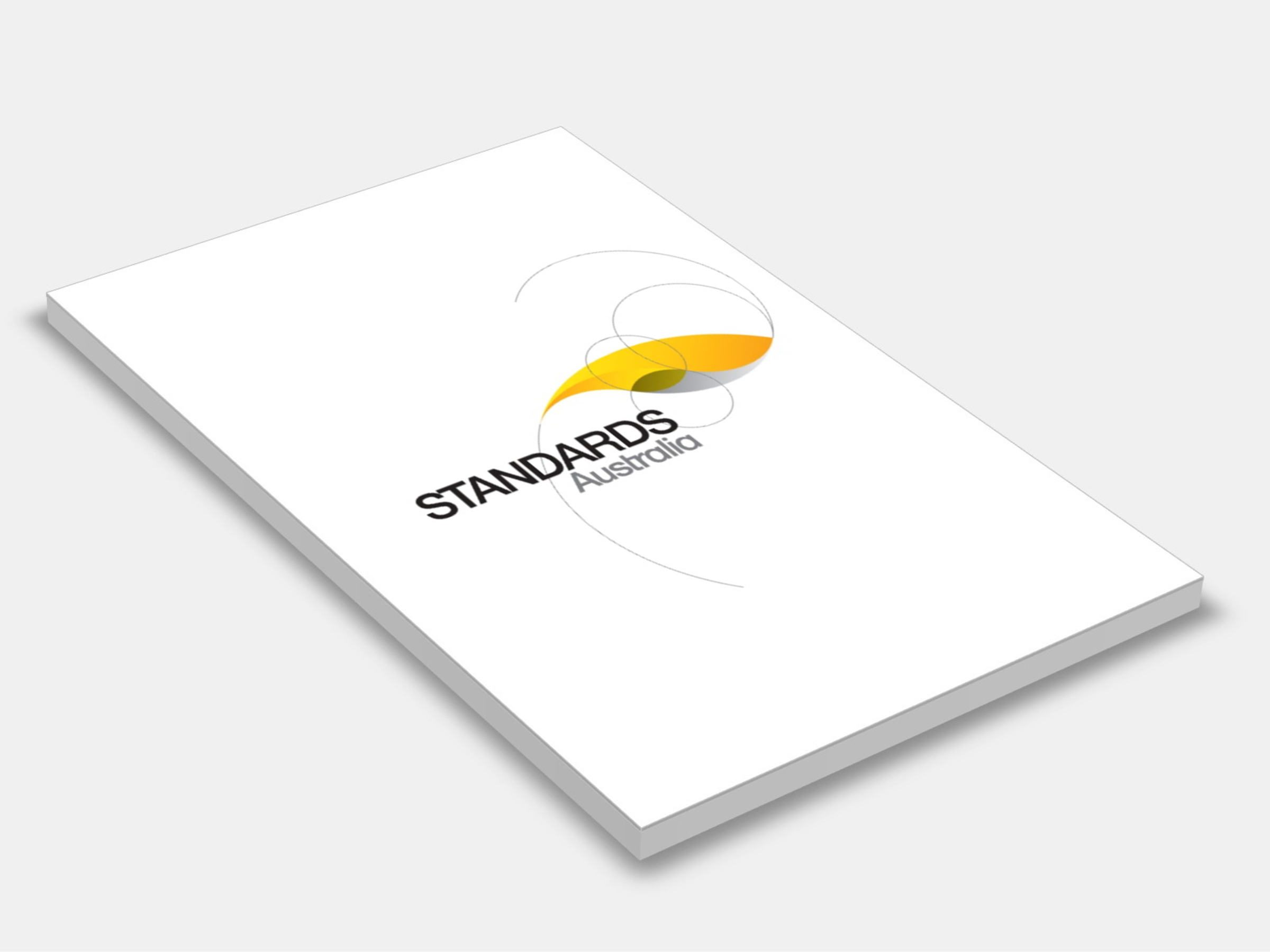
Type
Publisher
Standards Australia/Standards New Zealand
Publisher
Standards Australia/Standards New Zealand
Version:
First Edition 2019.
(Current)
Short Description
The objective of this Standard specifies requirements that are common to the other parts of the AS/NZS 11801 series or ISO/IEC 11801 series. Cabling specified by this Standard supports a wide range of services including voice, data, and video that may also incorporate the supply of power.
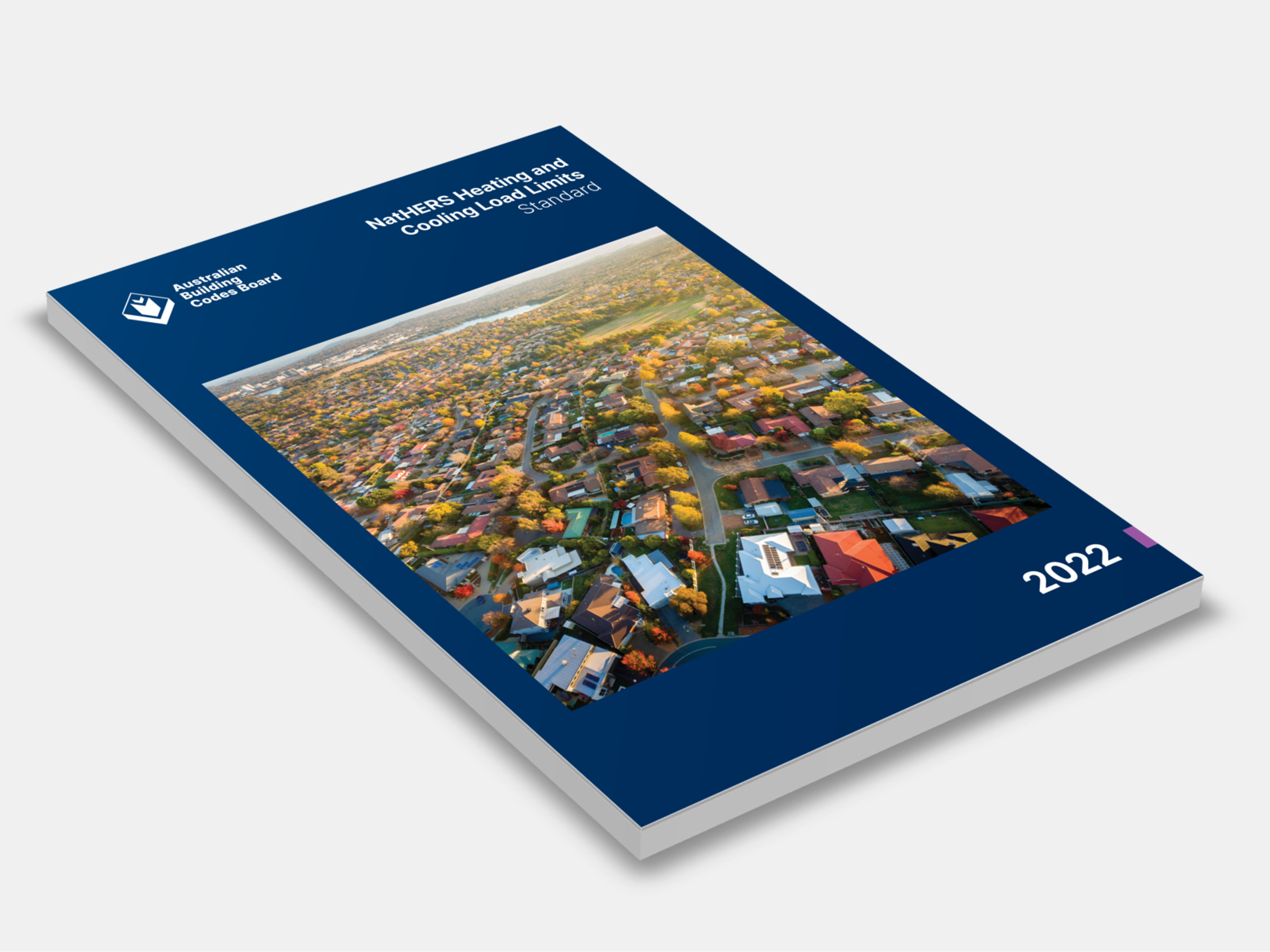
Type
Publisher
Australian Building Codes Board
Publisher
Australian Building Codes Board
Version:
2022.
(Latest)
Short Description
NatHERS compliance pathway for energy efficiency.